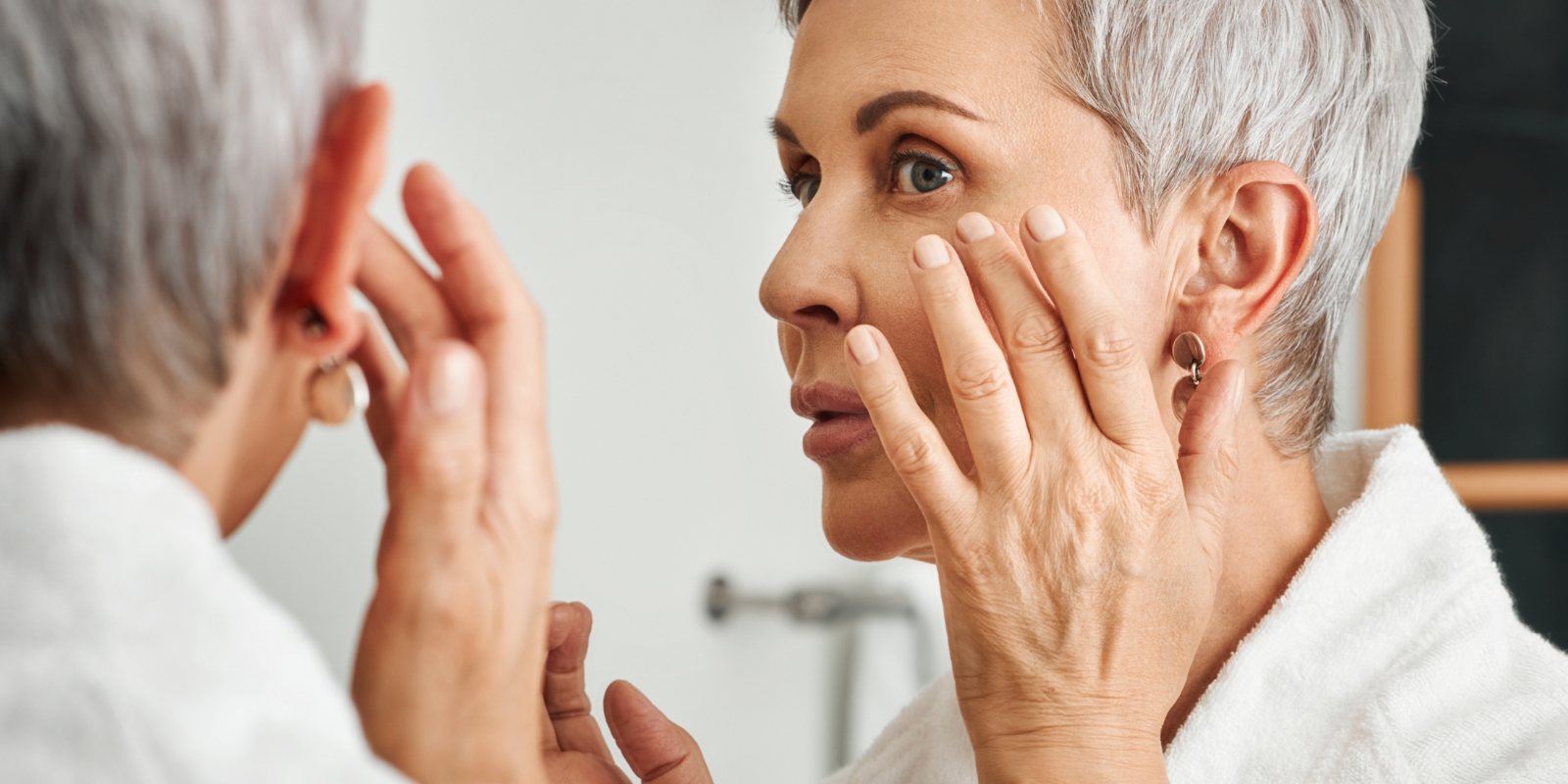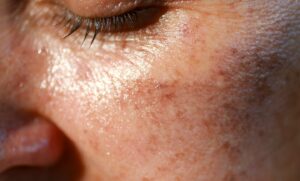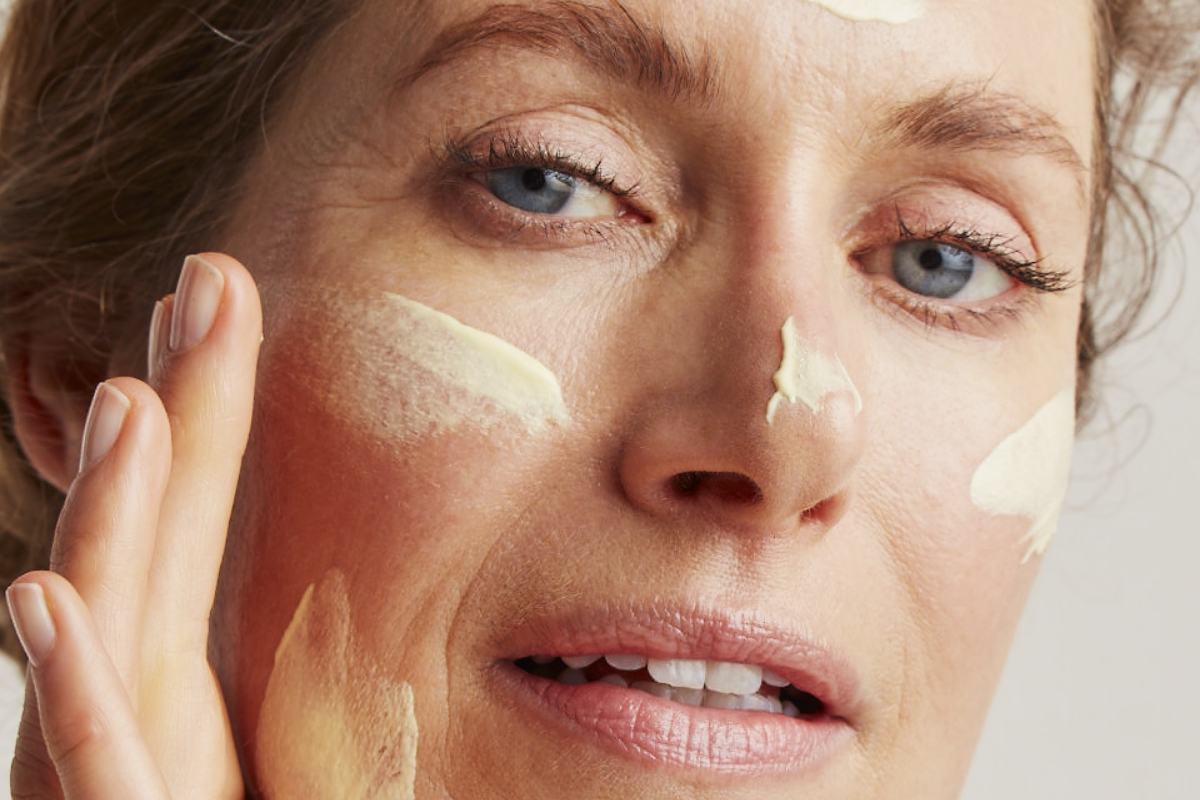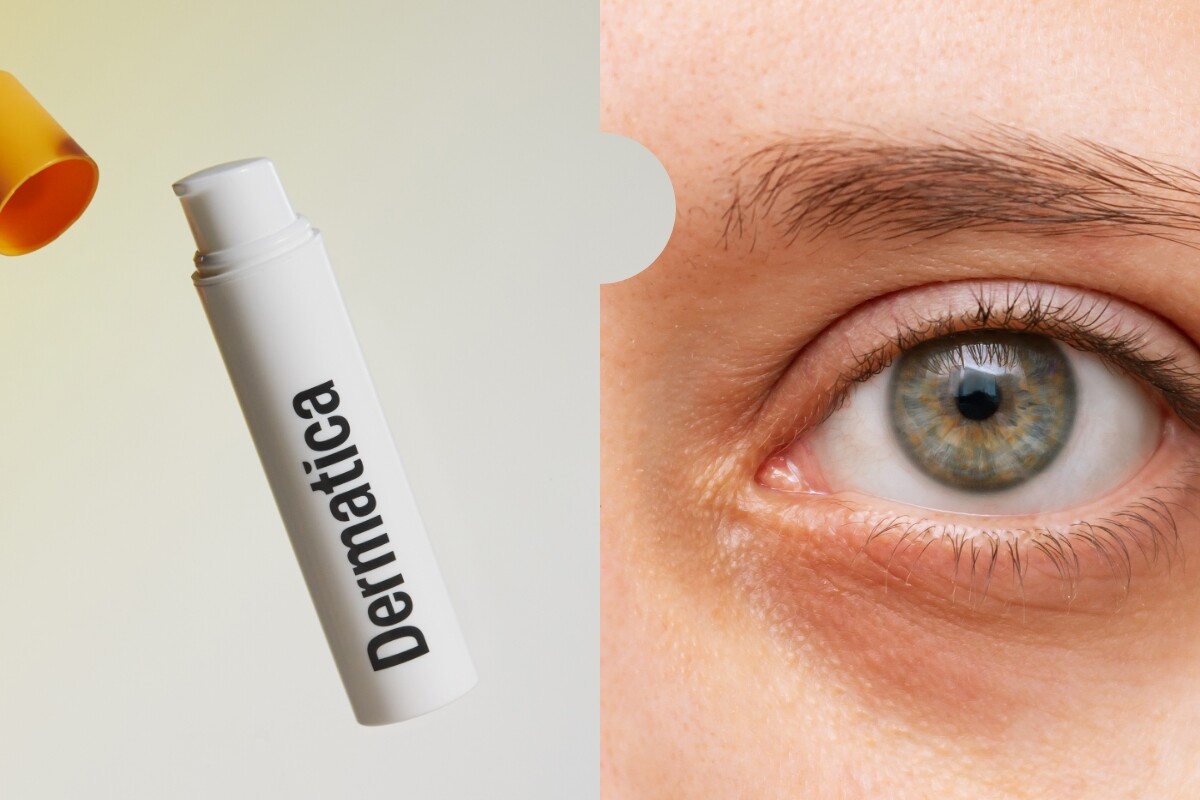We know that changes of season can lead to changes in your skin and its appearance. But does this impact the ageing process? We get the lowdown from our experts.
What does ageing skin look like?
It’s a subjective topic, as it can happen at different stages and look different for all of us. Generally as we age, the production of collagen in our skin slows down. This is worth knowing about in ageing, as collagen is a key component in keeping the skin plump and firm.
Dermatica customers are mostly concerned with fine lines and deep wrinkles. Other symptoms you may experience can include dryness, redness, uneven pigmentation or skin tone, small visible blood vessels (telangiectasia) and thin skin. However, people don’t necessarily realise these are related to ageing straightaway.
Ageing is natural and happens to us all. However, for some people, the symptoms can be more marked or cause more distress. This is where Dermatology expertise can come in handy.
It can be helpful to divide ageing into two processes to understand it a little better. These are known as intrinsic and extrinsic ageing.
Intrinsic ageing relates to factors that we can’t control, such as skin starting to sag, feeling drier or more brittle. A lot of these are hereditary and based on your ancestral background, so they can happen at different points in your life.
Extrinsic ageing refers to our response to the environmental factors we’re exposed to, like pollution, sun exposure or smoking. These can accelerate or prevent the ageing process depending on what we’re looking at, which I’ll dive into next.
What are the extrinsic causes of skin ageing?
Ultraviolet (UV) radiation is the biggest extrinsic factor associated with ageing skin. It’s estimated that UV exposure can account for up to 80% of the signs of ageing such as fine lines, wrinkles and dryness. You can find out more about the different effects that UVA and UVB have on the skin here.
Pollution exposure is something more people are becoming aware of, particularly for those of us living in urban areas. Pollutants such as nitrous dioxide, carbon monoxide and polyaromatic hydrocarbons, that have hit headlines for other public health reasons, also have an impact on the skin. Pollutants lead to the generation of free radicals on the skin together with UV radiation, which can lead to inflammation and slowing of skin cell growth. This can lead to ageing symptoms.
Smoking or being exposed to secondhand smoke also plays a part in skin ageing. Along with your other organs, smoking depletes the skin, of the protective measures that help it combat free radicals. This leads to oxidative stress, pigmentation and accelerated skin cell death. Comparative clinical studies have shown a link with smoking to further skin cell ageing in the form of wrinkles, which also becomes more prominent depending on the number of years someone smokes.
Diet and ageing is a topic we get asked a lot about. While it seems like a no-brainer, we don’t have enough clinical evidence to advise whether this has a significant impact or not. Following a healthy, balanced diet with plenty of colourful fruits and vegetables, along with limiting alcohol and caffeine intake are as far as I advise.
Which season does your skin ‘age faster’ in, and why?
The main seasonal factors that can affect your skin are moisture levels, and UV radiation.
In winter months, as moisture levels in the atmosphere drop, this can put pressure on the skin barrier to retain moisture. This may dehydrate the surface of the skin barrier, leading to tight or dry skin with a rougher-feeling texture.
UV radiation is ever present, but it’s at its highest in the summer months. The summer is theoretically where the ageing process can accelerate. However, it’s important to note that extensive scientific research on this doesn’t currently exist (yet). Skin is likely to age the fastest when the days are longest, as people are more likely to spend time outside. In the summer, the amount of daily sun exposure is greater than in other seasons. People are also more likely to get sunburned, leading to damage within skin cells, which accumulates over time and leads to signs of ageing as described above.
That said, it’s important to think about any changes to the weather in your travel schedule. Skiing or snowsports can really increase your UV exposure based on reflection of the snow and a higher altitude, which could have a big impact on your skin if you don’t take the right precautions.
What ways can you keep your skin looking youthful and radiant all year round?
Sunscreen is paramount to your routine if you’re trying to prevent the signs of ageing. We recommend a sunscreen with UVA and UVB protection of an SPF of 30 or above, applied at least 10 minutes before going outside and repeated every few hours.
Cleansing and moisturising twice a day to remove pollution and dirt from the skin, especially before sleep, to make sure your skin can regenerate overnight.
Active ingredients can really help reduce symptoms of ageing, or reverse photodamage. We’ve run through our favourites below:
Retinoids help to stimulate collagen production in the skin, and reverse photodamage. Over a 6 – 9 month period, tretinoin as an example shows significant improvement at the appearance of wrinkles and fine lines on the skin.
Antioxidants in your skincare routine can protect your skin from free radical damage. We’re still in the early stages of understanding what works best, but certain compounds such as ascorbic acid (Vitamin C) have shown promise in providing more radiance to skin, and fading pigmentation.
References
1. Zhang S, Duan E. Fighting against skin aging: the way from bench to bedside. Cell transplantation. 2018 May; 27(5):729-38.
2. Amaro-Ortiz A, Yan B, D’Orazio JA. Ultraviolet radiation, aging and the skin: prevention of damage by topical cAMP manipulation. Molecules. 2014 May; 19(5):6202-19.
3. Araviiskaia E, Berardesca E, Bieber T, Gontijo G, Sanchez Viera M, Marrot L, Chuberre B, Dreno B. The impact of airborne pollution on skin. Journal of the European Academy of Dermatology and Venereology. 2019 Aug;33(8):1496-505.
4. Wong QY, Chew FT. Defining skin aging and its risk factors: A systematic review and meta-analysis. Scientific Reports. 2021 Nov 11;11(1):22075.
5. Andreano JM, Bergfeld WF, Medendorp SV. Tretinoin emollient cream 0.01% for the treatment of photoaged skin. Cleveland Clinic Journal of Medicine. 1993 Jan 1;60(1):49-55.
6. Chen J, Liu Y, Zhao Z, Qiu J. Oxidative stress in the skin: Impact and related protection. International Journal of Cosmetic Science. 2021 Oct;43(5):495-509.
Cat Hyatt
Dr Cat Hyatt is a GP, working as Clinical Content Lead for Dermatica. She has a special interest in medical content and making healthcare information accessible and understandable for all.






